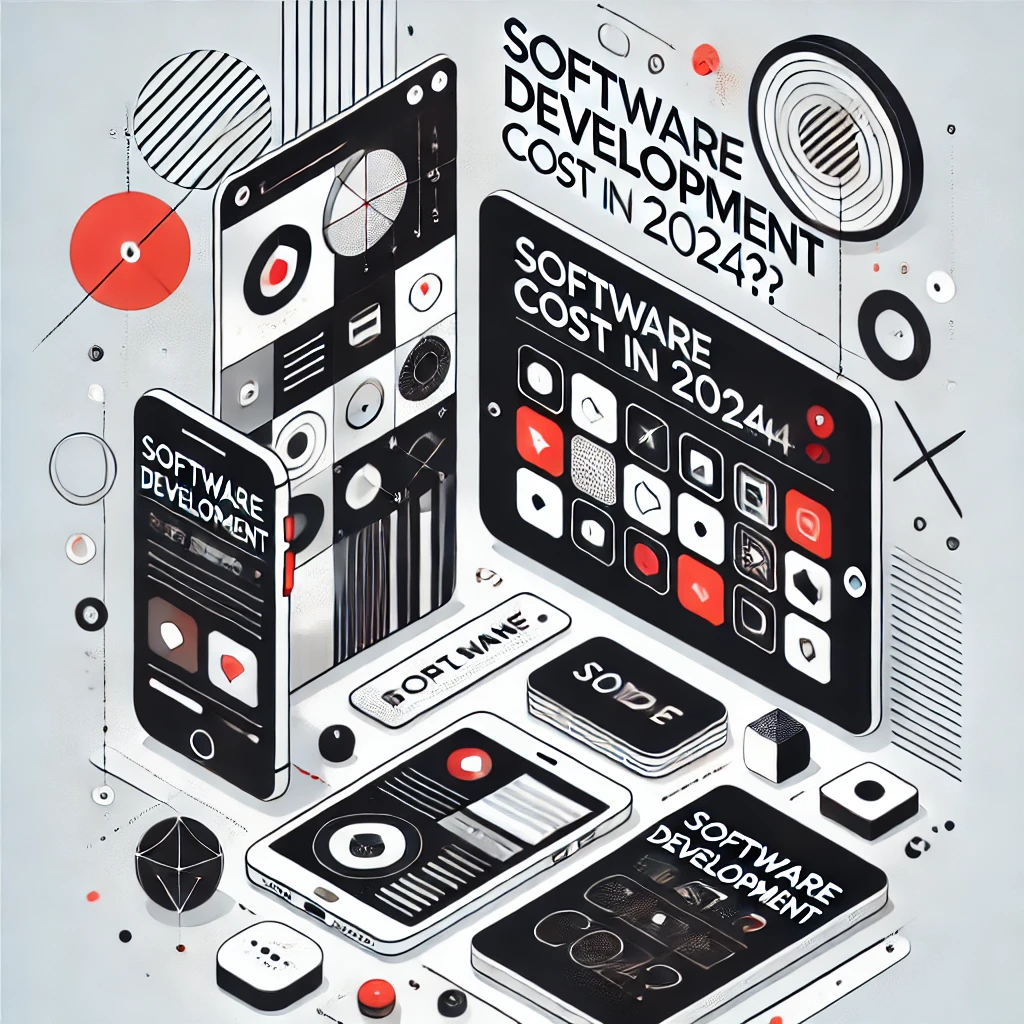The Colosseum of Software: Why Good Design and Development Matter
Have you ever wondered why the Colosseum, an architectural wonder of ancient Rome, still stands tall despite centuries of weather, war, and natural disasters? The same principle applies to software systems that can either propel your business toward success or hinder it with inefficiencies: design and software development cost matter.
Just like the Colosseum serves as a symbol of resilience, your software’s code acts as the foundation of your business. It’s a core element that ensures long-term stability and adaptability. As we explore how to calculate the cost of software development, remember that this is not merely an expense—it’s an investment in the durability and future growth of your business.
Is It Time to Estimate Software Development Costs?
The year 2023 was challenging. The pandemic followed by an economic downturn forced many tech companies to tighten budgets and downsize. Even highly skilled developers struggled to find jobs, an unprecedented situation for many.
However, innovation didn’t stop. In fact, the economic challenges encouraged advancements in areas like apps, AI, and cloud technologies. Companies that embraced these innovations stayed competitive, despite financial constraints.
This situation created a dilemma. On one side, businesses needed to be cautious about spending, especially on new projects. On the other side, avoiding these new technologies risked falling behind the competition. The question became: how much should companies invest in software development? Too little, and they risk missing opportunities; too much, and they could drain resources without proper planning.
In 2024, calculating the cost of custom software development remains a complex process influenced by many variables. But don’t worry—we’re here to guide you through this intricate landscape, providing practical insights and examples to help you make informed decisions.
Smart Ways to Reduce Software Development Costs and Risks
Before we dive into the key factors affecting software development costs, let’s discuss some smart ways to reduce costs and minimize risks:
-
Automate with Tools Like Virtuoso: Tools such as Virtuoso can help automate repetitive tasks, cutting down the need for manual work. This speeds up development cycles, reduces errors, and ultimately lowers costs.
-
Invest in Onboarding and Additional Support: Bringing in an additional part-time specialist or team lead for onboarding can safeguard your project from delays if a key developer leaves. This added layer of support ensures stability during development.
-
Assign a Dedicated Project Owner: Whether in-house or outsourced, having a dedicated project owner is crucial. This person will prioritize features and filter out unnecessary functionalities, saving time and money in the development process.
Armed with these strategies, let’s now break down the factors that influence custom software development costs.
Key Factors Affecting Software Development Costs
Estimating software development costs can be compared to building a house—you wouldn’t start without a blueprint. Here’s a high-level breakdown of the different stages of custom software development and their costs:
-
Discovery and Planning (10-15%): This is the initial phase where you define the scope, timelines, and resources for your project.
-
Design (10-15%): This stage focuses on creating an engaging user interface (UI) and ensuring a seamless user experience (UX).
-
Development (40-50%): The core of the project where the actual coding takes place. Software development rates are crucial here, as they make up the largest portion of the total cost.
-
Testing and Quality Assurance (20-25%): Ensuring the software works as intended across different scenarios and devices.
-
Deployment and Maintenance (10-20%): Releasing the software and making necessary updates or improvements post-launch.
What Drives Software Development Costs?
The following factors significantly influence the cost of custom software development:
- Complexity and Scope: Simple applications with fewer features cost less, while more complex solutions require higher investment.
- Technology Stack: Using advanced technologies may require specialized skills, which increases the overall cost.
- Developer Expertise: Experienced developers may charge more but can deliver faster and with fewer errors, offering better long-term value.
- Geographical Location: Development costs vary based on where the developers are located. For instance, North American developers charge more than those in Eastern Europe or Asia.
Global Outsourcing Rates for Software Development in 2024
Here are the average hourly rates for software development in different regions:
- North America (USA, Canada): $100-$170 per hour
- Western Europe (Germany, France): $60-$120 per hour
- Eastern Europe (Ukraine, Poland): $30-$80 per hour
- Asia (India, Philippines): $20-$60 per hour
- Latin America (Argentina, Brazil): $30-$50 per hour
By choosing the right location and expertise, you can manage costs effectively without sacrificing quality.
Essential Costs: Tech Stack and Other Considerations
Regardless of the project’s size, certain costs are unavoidable. These include:
- Backend Development: This often makes up a large portion of the budget. For instance, Python developers in Eastern Europe charge around $40-$55 per hour, while Java developers cost slightly more.
- Frontend Development: JavaScript remains popular for front-end development, with rates between $35-$50 per hour in Eastern Europe.
- Mobile App Development: For mobile apps, Swift developers for iOS charge around $45-$55 per hour, while Kotlin developers for Android range from $40-$50 per hour.
Conclusion: Balancing Cost and Quality
Estimating software development costs isn’t just about cutting expenses—it’s about making informed decisions that balance quality, functionality, and budget. By understanding the various factors at play, you can plan a software project that aligns with your business goals and maximizes your return on investment.









